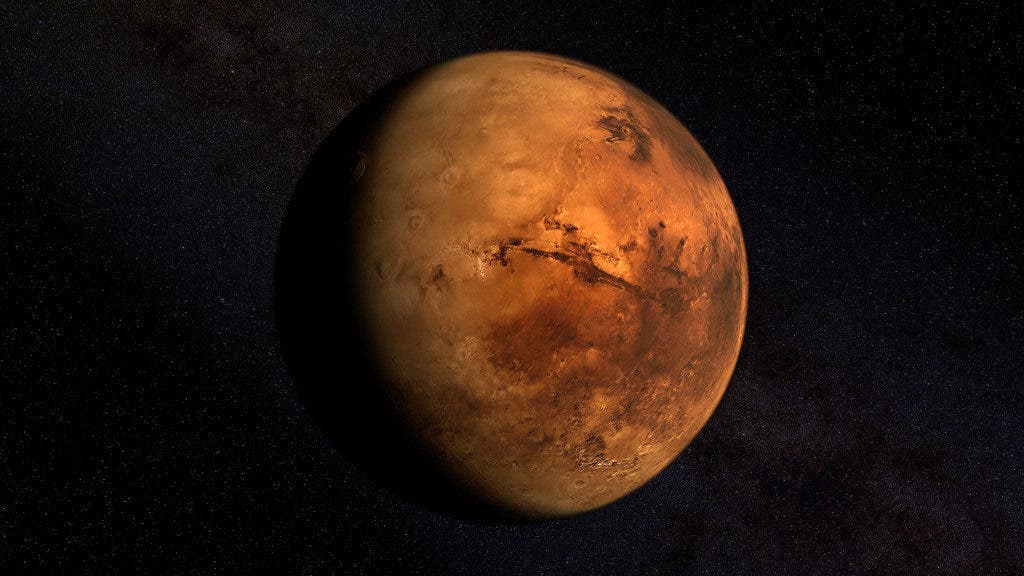Mars has clouds too — but some are formed by falling meteorites, not rain.
Researchers from the University of Colorado at Boulder have obtained new insight into the clouds that dot the Red Planet. While these clouds have long been documented in Mars’ middle atmosphere (which begins about 18 miles or 30 kilometers above the surface), little was known about how they form in the thin, dry ‘air’ there.
New research shows that these wispy bodies are actually accumulations of “meteoric smoke”, the icy dust thrown up when meteorites or space debris break up in the planet’s atmosphere.
Dust rain
“We’re used to thinking of Earth, Mars and other bodies as these really self-contained planets that determine their own climates,” said Victoria Hartwick, a graduate student in the Department of Atmospheric and Ocean Sciences (ATOC) and lead author of the new study.
“But climate isn’t independent of the surrounding solar system.”
The most peculiar fact about Mars’ clouds is that they exist. The Big Bang notwithstanding, you can’t make something out of nothing, and clouds subscribe to this rule as well. Down here on Earth, low-lying clouds form on the backs of tiny particles — things like grains of sea salt or dust that get blown high into the air. These act as anchors of sorts for water vapor to condense on, growing into larger and larger drops, forming the large puffs of white or gray you can see from the ground.
To the best of our knowledge, however, that same mechanism doesn’t exist on Mars. There’s no sea salt to be blown up, and even if there was, the atmosphere is less dense so it’s less able to hold particles aloft. So Hartwick’s team turned their attention to meteors.
Around two to three tons of space debris rain down on Mars, on average, every single day, the authors explain. As this material, ranging from meteorites to space dust, comes into contact with the planet’s atmosphere, it starts to burn and break apart. In essence, a torrent of space dust ‘rains’ down on Mars.
So far, the theory seemed plausible — now the team needed to test it. To find out if this dust could generate Mars’ mysterious clouds, the team employed massive computer simulations that attempt to mimic the flows and turbulence of the planet’s atmosphere. After introducing meteors into the simulations, clouds started to appear.
“Our model couldn’t form clouds at these altitudes before,” Hartwick said. “But now, they’re all there, and they seem to be in all the right places.”
The findings are supported by previous research showing that a similar mechanism may help seed clouds near Earth’s poles (where the magnetic shield is weakest), the team explains. However, we shouldn’t expect to see enormous, roiling thunderstorms of cosmic dust above Mars: the clouds Hartwick’s team studied are very thin, “cotton candy-like clouds” explains Space.
“But just because they’re thin and you can’t really see them doesn’t mean they can’t have an effect on the dynamics of the climate,” Hartwick said.
Depending on the area, these clouds could cause temperature swings of up to 18 degrees Fahrenheit (10 degrees Celsius), the team’s model shows. The findings flesh out our understanding of Martian clouds and could help us better understand how ancient Mars regulated its climate, and how it was able to hold liquid water on its surface.
The paper “High-altitude water ice cloud formation on Mars controlled by interplanetary dust particles” has been published in the journal Nature Geoscience.










